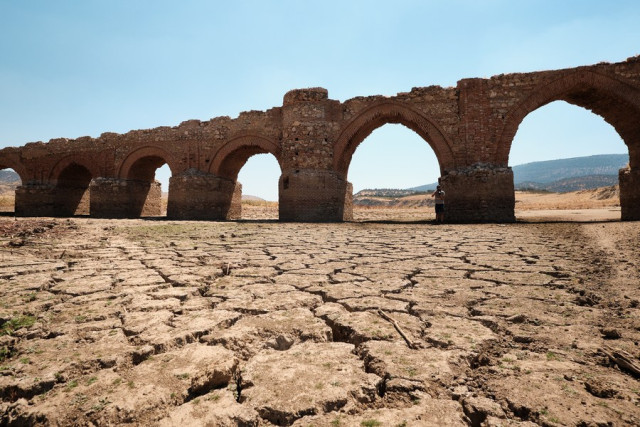According to research, climate change is causing La Nina and El Nino events to become more severe and frequent.
A team of researchers from various nations, including China and Australia, found evidence that the El Nino-Southern Oscillation (ENSO), a significant climate driver, has become more intense as a result of rising greenhouse gas emissions in an international study that was published on Thursday in the journal Nature Reviews Earth and Environment.
One of the most important global climate phenomena, ENSO has a substantial impact on global temperatures and precipitation.
Devastating droughts and bushfires in Australia have been connected to recent El Nino episodes, but three consecutive La Nina years between 2020 and 2022 brought record-breaking rain and flooding to the nation.
The study contrasted ENSO occurrences in the 60 years prior to and following 1960.
They discovered that the number of powerful El Nino episodes grew from two before 1960 to four afterward, whereas the number of powerful La Nina events rose from one to nine.
Lead researcher Cai Wenju was quoted by the Australian Broadcasting Corporation (ABC) on Friday as saying that “the current paper provides modelling evidence that climate change has already made El Nino and La Nina more frequent and more extreme.”
“The findings indicate that the extreme floods and droughts we have experienced in Australia are, at least in part, related to climate change via the escalating El Nino-La Nina,”
Cooler global temperatures are brought on by La Nina episodes when sea surface temperatures in the equatorial Pacific are lower than the long-term average, while El Nino is the opposite.















